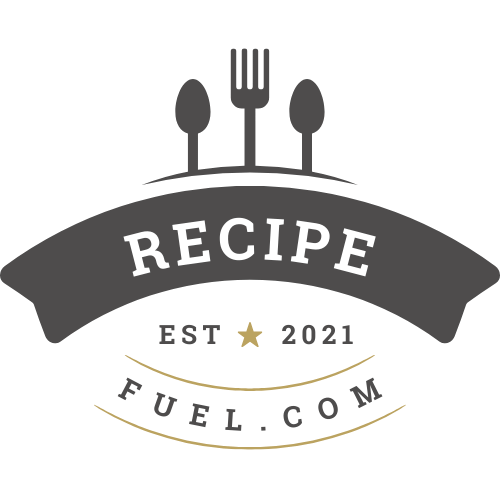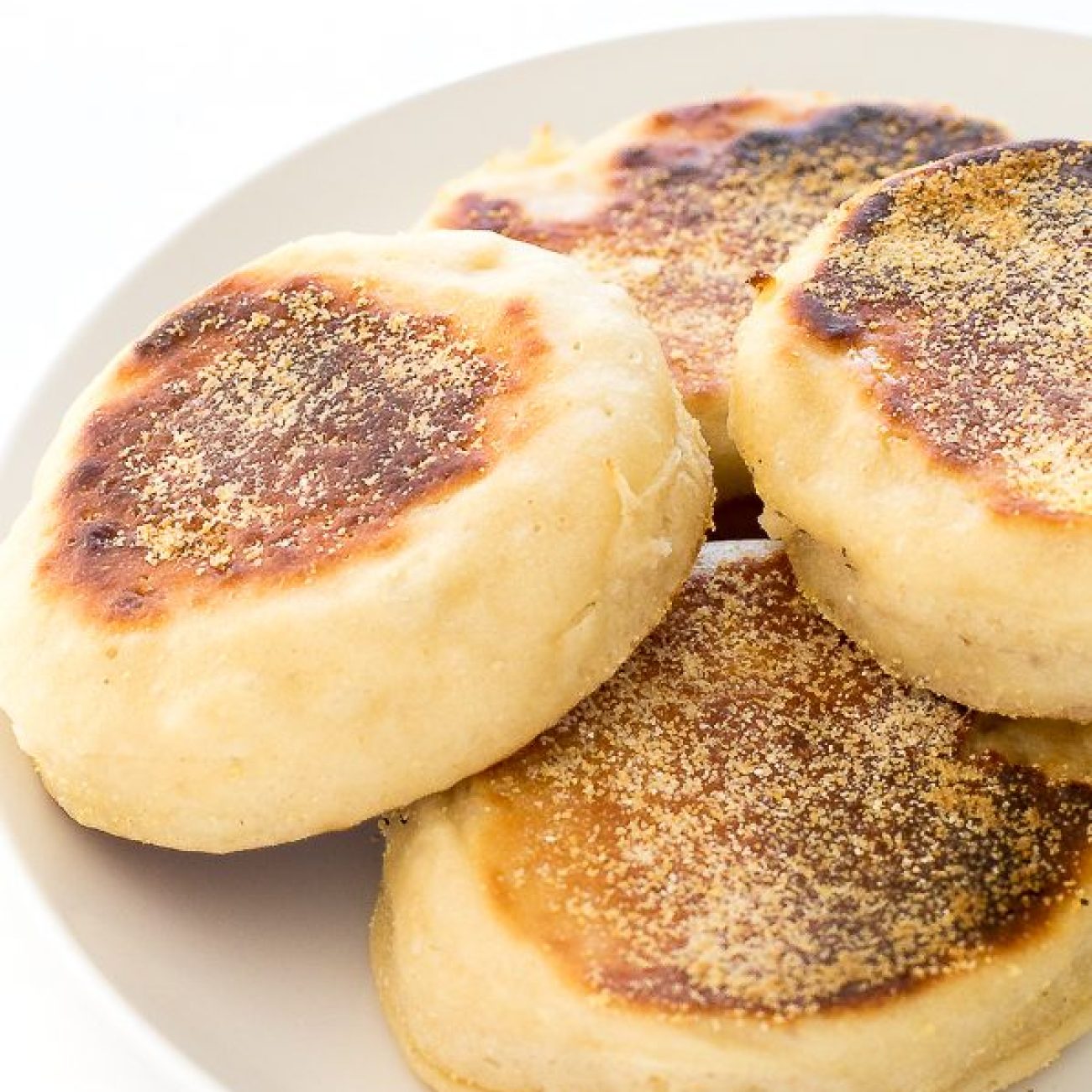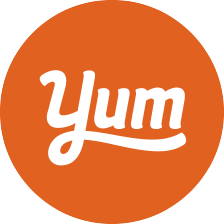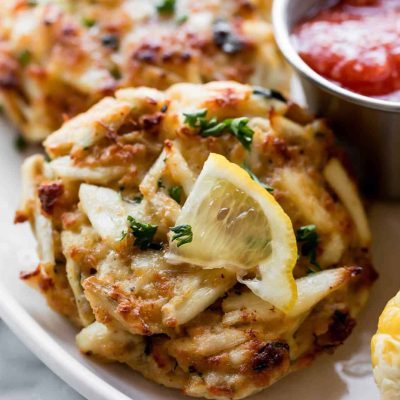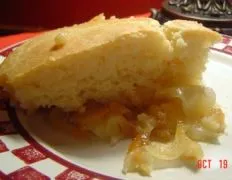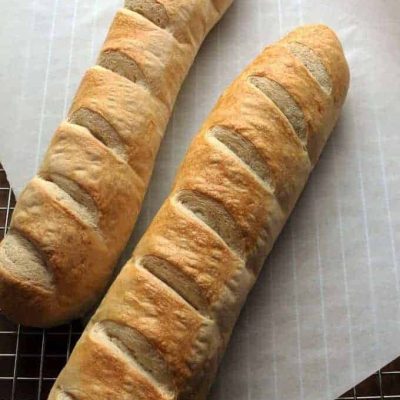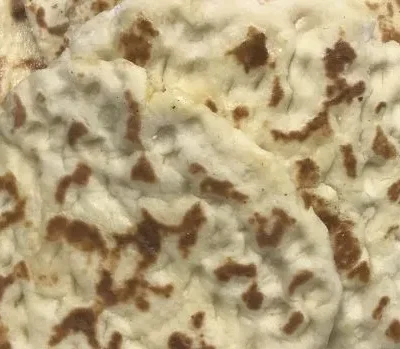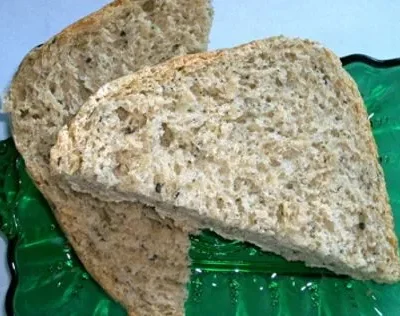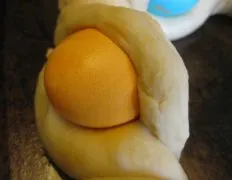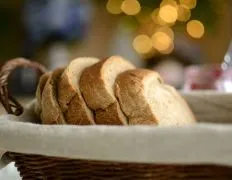Ingredients
-
1 1/2
-
1
-
1
-
3 3/4
-
1/4
-
2
-
1
-
1/4
-
1
-
-
-
-
-
-
Directions
Homemade Buttery English Muffins, Homemade English Muffins! Oh boy! Never again be fobbed off with those little white sponges sold in grocery stores I have called for whole wheat flour because that is what use, but you can certainly use all or part hard unbleached (white) flour The ascorbic acid (Vitamin C powder) is available in bulk food stores, but you will not need it unless your flour is organic, and does not have dough conditioners added Don’t be put off by the length of the instructions, these are really quite easy You can even make the dough in your bread machine , I LOVE Thomas’ Light English Muffins & used to have one daily then I read the ingredients list and decided to see what options I had I tried this recipe mostly due to its high fiber and protein content I followed the recipe exactly, using my bread machine, except for the ascorbic acid which I didn’t add They were easy to make & cook These didn’t turn out as light & airy as the Thomas’ but they are VERY good I froze most of them and they are quick & easy to defrost in the microwave, toast & top with jelly or PB for a breakfast on the go My daughter MUCH prefers these over the store bought ones I will definitely be making these again Thanks for sharing!, Dear Jenny, thankyou thankyou for sharing this great recipe I am living in Argentina, and as far as I can tell there are no English Muffins to be bought in this country, so the recipe was a godsend I did it all with white flour (whole wheat flour is just a little easier to find than english muffins), and ommitted the vit c At first I was worried because it didn’t really look like the dough was rising properly, but they came out perfect, and were a HUGE hit with my family and my expat coworkers I’ll be making these again soon
Discover ground-breaking new supplements! SHOP & SAVE
Steps
|
1
Done
|
Heat the Milk and Butter to Blood Temperature. |
|
2
Done
|
Test a Drop on Your Wrist-- It Should Feel Barely Warm. |
|
3
Done
|
Beat in the Egg. |
|
4
Done
|
Dissolve the Yeast in the Milk Mixture. |
|
5
Done
|
Measure the Flour Into a Bowl and Stir in the Salt. |
|
6
Done
|
Make a Well in the Middle and Pour in the Milk Mixture. |
|
7
Done
|
Mix Well. |
|
8
Done
|
Turn Out the Dough and Knead It Until It Is Smooth and Elastic, About 10 Minutes. |
|
9
Done
|
Put the Dough Back Into a Clean, Oiled Bowl and Turn It Over (so It Is Coated in the Oil.) Cover It With a Damp Teatowel and Let It Rise For About 2 Hours, Until Doubled in Volume. |
|
10
Done
|
Punch It Down, Then Turn It Out and Roll It Into a Cylinder, About 1 1/2" in Diameter. |
|
11
Done
|
Cut It Into 16 Equal Slices. |
|
12
Done
|
They Should Be 1/2" Thick; Flatten Them Slightly If Required. |
|
13
Done
|
Arrange These on an Oiled Cookie Sheet or on Waxed Paper. |
|
14
Done
|
Cover Them With the Damp Towel and Let Rise Another 2 Hours, Until Doubled in Size Again. |
|
15
Done
|
Bake Them in a Heavy, Ungreased, Cast Iron Skillet at a Temperature Just Slightly Lower Than For Pancakes. |
